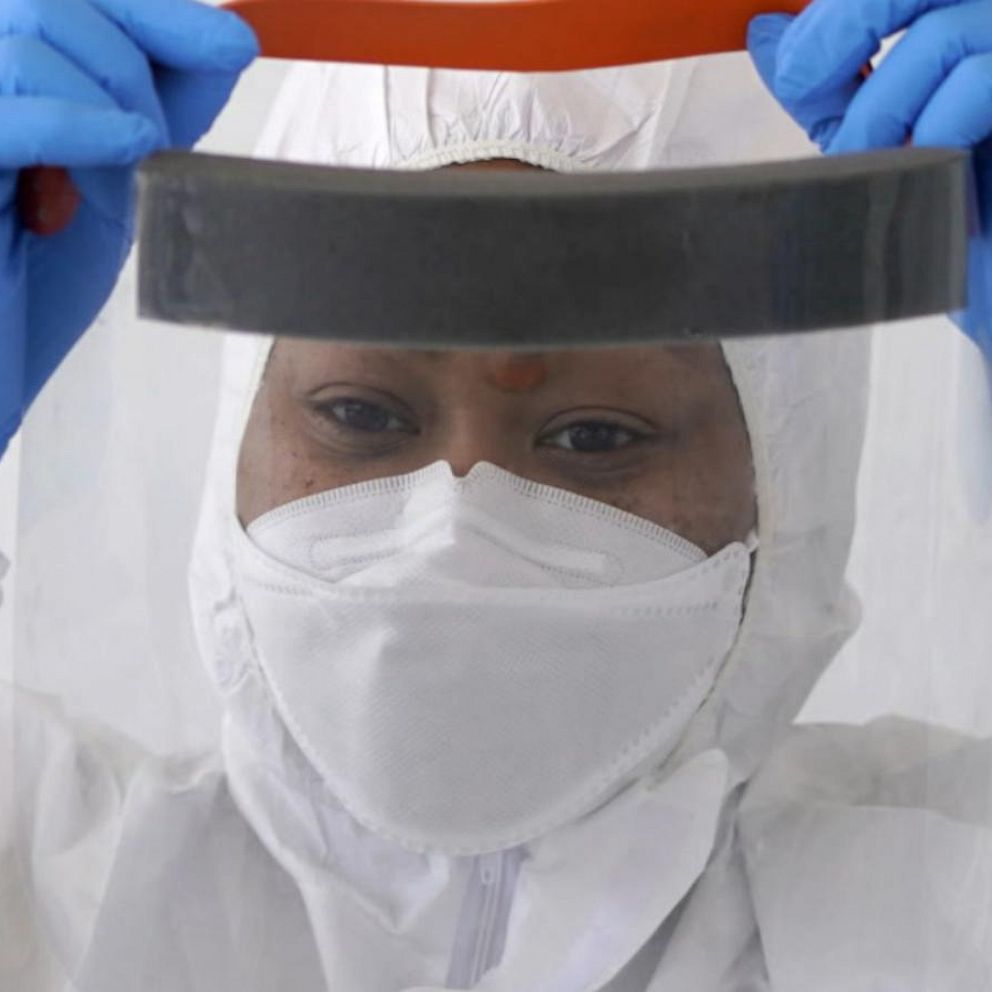Scientists tested 14 types of masks: Here's what worked and what didn't
All masks aren't created equal, but most face covers will protect you.
As over 20 million across the globe have been diagnosed with COVID-19, scientists from Duke University took a look at face masks to see which ones work best in slowing the spread of coronavirus.
In their study, they looked at 14 masks including N-95s, N-95s with valves and surgical masks to see how effective each was in keeping droplets from getting out.
“It was mainly focused on the technique, a simple technique to visualize these droplet emissions and the effects of masks,” said Dr. Martin Fisher, an associate research professor from Duke University.
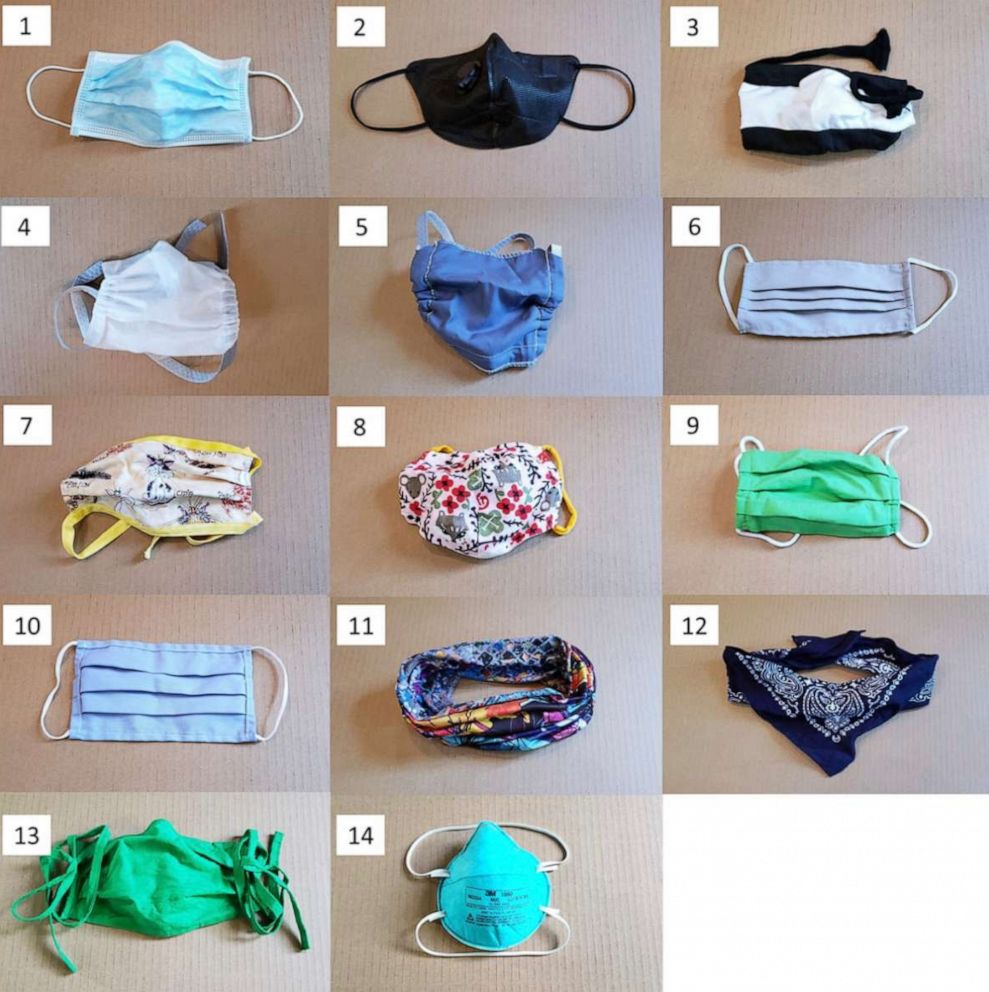
While they found that not all masks are created equal, the experiment confirmed that most face covers cut down the transmission of those droplets.
Editor’s Picks
Right now, the CDC says the blue surgical masks and the white N95 respirators are in "critical supply," and should be reserved for healthcare workers and other first responders. The CDC has guidance on its website on how to make your own mask at home to stop the spread of coronavirus.
According to the Duke experiment, here is a ranking of the six most commonly used masks among the 14 masks researchers tested.
Fitted N95 masks
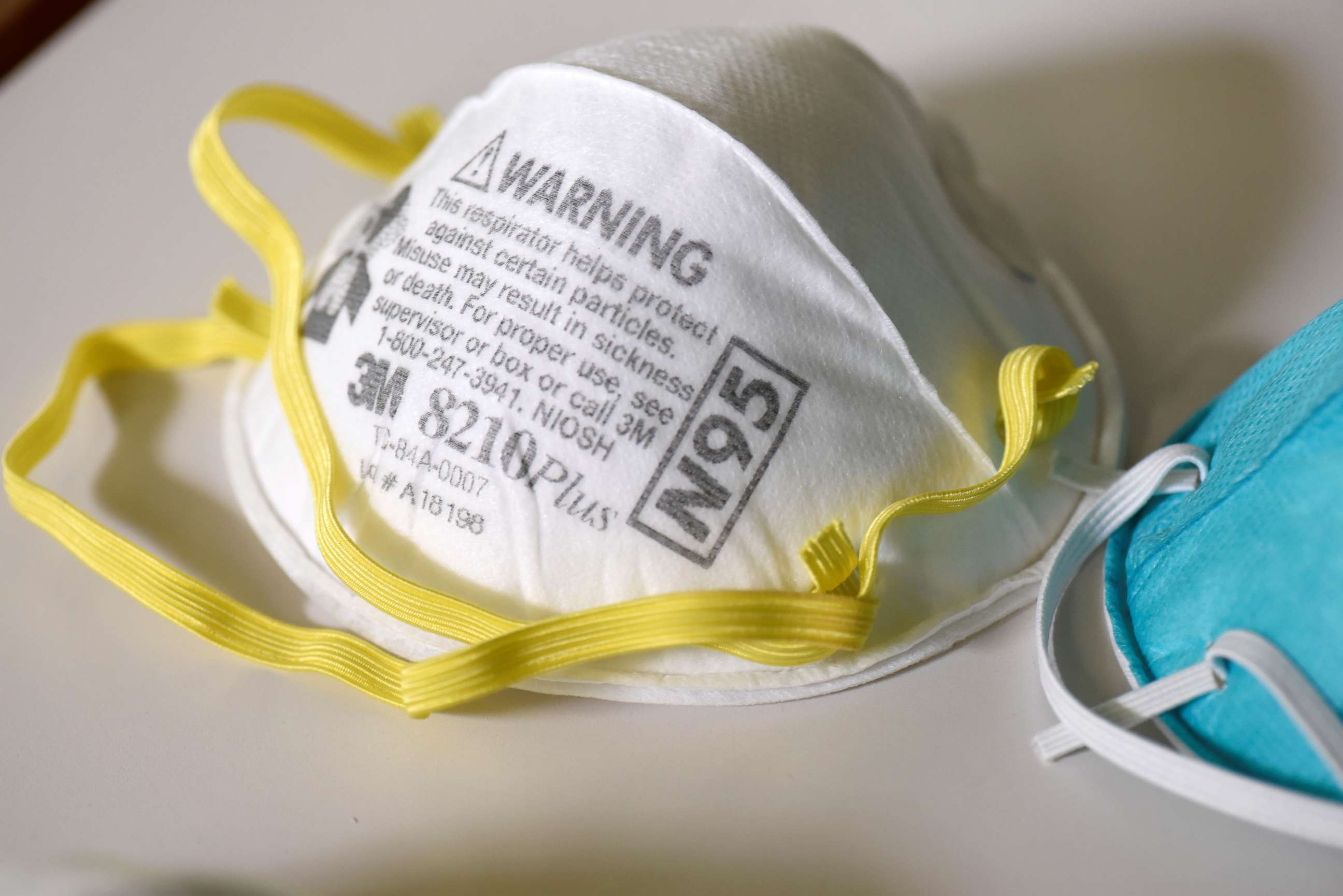
Duke University researchers found that fitted N95 masks, which have a sealed fit around the wearer’s mouth protects the wearer and others around them well.
Surgical masks
According to the study, disposable surgical masks (nonwoven, 3-layer) may seem flimsy, but they are engineered to catch droplets. Doctors say that if you want to be extra safe, add a face shield on top of the surgical mask, which is what they do when they aren’t dealing with a high risk COVID case.
A face shield should never be used to replace a mask.
Cotton/polyester masks
Researchers found that cotton and polyester masks are a hit or miss. While wearing one will protect you, experts say that more layers are generally better, especially if they are a combination of different materials in different layers (cotton/polypro blend). And what’s really important is how well it fits and whether there are big gaps.
Valved masks
Last week, valved masks were banned from several airlines, and rightfully so. According to the study, researchers found that valved masks allowed droplets to escape through the valve.
“It protects you, the wearer, but it doesn’t protect other people if by chance you have the disease and you don’t know, ” said Dr. Eric Westman, an associate professor of medicine at Duke University. “We were very surprised to see how many particles came out of the valve.”
Bandanas
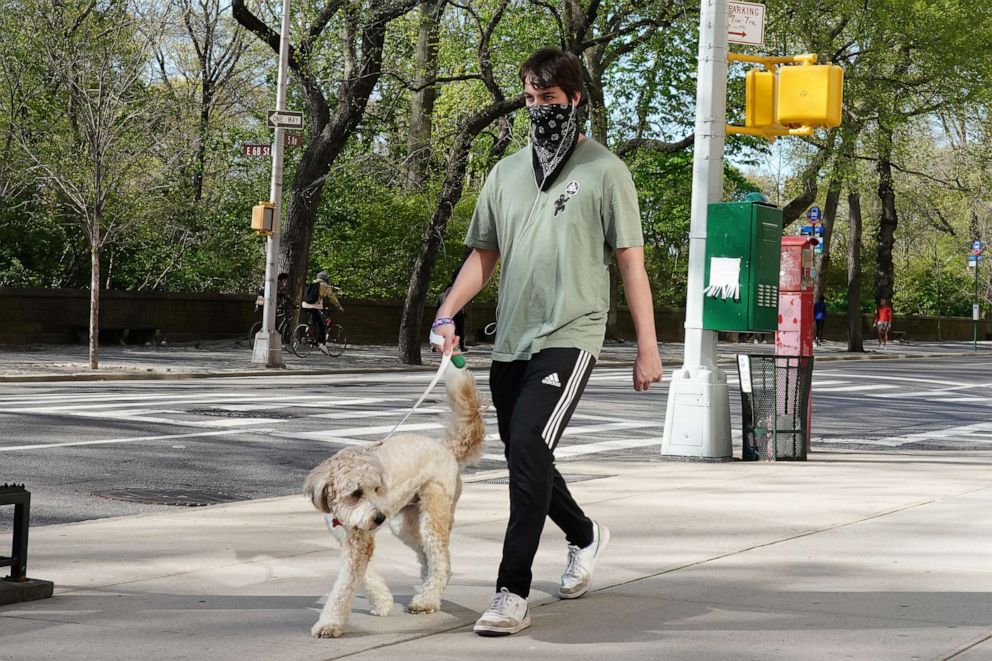
While many have been using bandanas as a face mask alternative, researchers found that it offers very little protection.
Neck gaiters
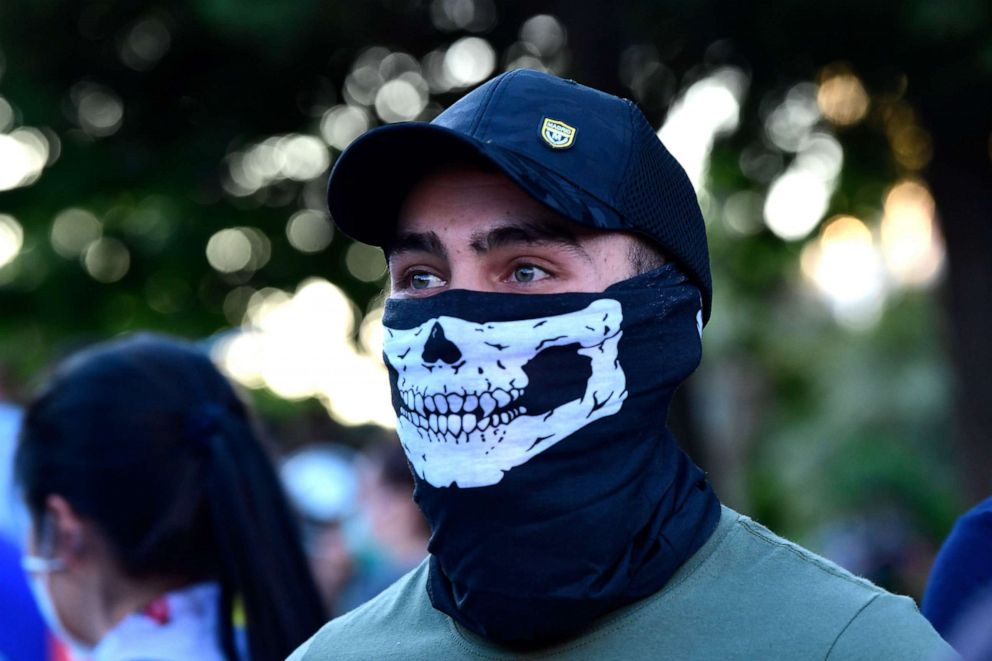
Just like bandanas, these popular and fashionable face coverings among runners prior to the pandemic, don’t provide much protection.
Gaiters, which are known for being made of fleece, were found to release a lot of little particles from the wearer and created more tiny droplets than speaking without a mask.
“This mask breaking down big droplets into you, multiple little droplets,” said Fisher. “These little droplets could be problematic because they have an easier time being carried away by air. So they might travel for the distance as opposed to just dropping down to the floor. So this was problematic.”
So what’s important to think about when picking a mask? Experts say the key is to pick one that you will wear -- one that fits snugly and one that you will keep on and not fidget with. Above all, they say that any mask is better than no mask.
